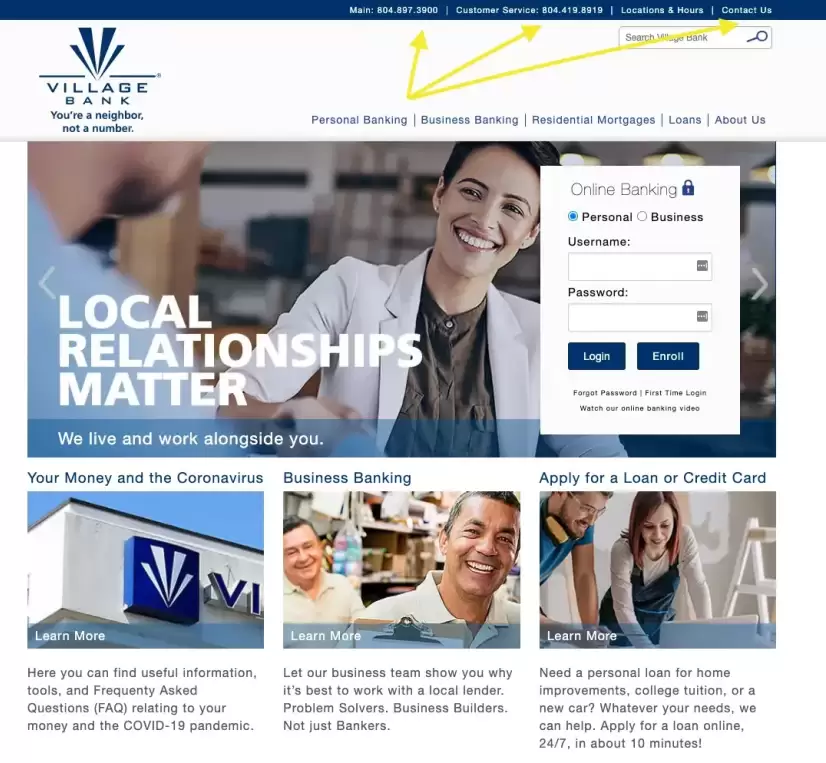Today I want to talk to you all about a passion of mine: user experience (UX) and one of the leading laws that contribute to it. As marketing agencies and professionals continue to expand their skill sets in meaningful and applicable ways, user experience and conversion rate optimization (CRO) have quietly taken their place among the top ranks of important knowledge to acquire.
User Experience Basics
At its core, user experience—which can also be referred to as user experience design, information architecture, or user interface design—is about helping people use your product or interact with your website or app. It is NOT about your brand or brand awareness.
Not convinced? A lot of the time, branding focuses on the driving forces behind your company:
- What do you want to say?
- What do you want to impart on visitors?
- What do you want visitors to do?
- How do you want your website to function?
- How innovative do you want to be with your digital presence?
- How are you changing the world?
Rarely, however, do branding exercises focus on the people you are trying to attract:
- What are they trying to learn?
- What do they need to accomplish?
- How can we make that happen for them seamlessly?
- How can we make it happen quickly?
- What would make this process easier for someone new to the site to complete?
- Did we answer all their questions?
- How can we change this specific user’s world?
That’s where user experience comes into play. When coupled with search engine optimization (SEO) and paid digital marketing (PDM) efforts—including pay per click advertising, paid search, and paid social media—you can create efficiencies and improvements that drive concrete results for your business.
Jakob’s Law in Practice
To kick things off, let's start with the UX law that made the biggest impact on me: Jakob’s Law. This is the idea that when people come across a new website or experience and can relate it to something they’ve used before, they will expect it to work in the same way as the others they’ve come across.
This is usually where I lose designers. It's when they roll their eyes and say, “Okay cool, so you want me to do what everyone else before me has done? Where’s the creativity? Where’s the innovation?”
And it’s a fair question. On the surface, it sounds like Jakob’s Law is essentially saying, “We’ve always done it this way, so why change it? Copy and paste, designers.”
What the law is really getting at, though, is don’t fix what isn’t broken from a functionality standpoint. Start innovating in new places.
For example, if you were to white label the homepages of the top 50 websites within a given industry, you would see some immediate patterns emerge around layout, website structure, and wording choices.

The logo is generally in the top left corner and clicking on it will take a user to the homepage.

The phone number and contact form is generally in the upper right corner of the navigation bar.

The three horizontal lines (a hamburger menu) will usually expand the menu on mobile or tablet devices.

The footer often includes the jobs/career page, contact information, privacy policy, and social media links.
None of these are a surprise, right? We all know these facts innately because we have all seen, interacted with, and maybe even built these exact same homepage designs for ourselves and for our clients.
This tendency to replicate and iterate off this successful organization of information isn’t a mistake. As the requirements for building a successful homepage have gotten harder to meet, the layouts that work for customers have become more and more common. The more common they become, the more the layouts are expected of the users.
For example, if you are thinking about possible CTAs to purchase your goods, choosing “smash that buy button” over “buy now” isn’t going to be as bad-ass as it sounds and will likely lower your CTR and sales. When you’re trying to design to drive conversions, you should be aware of best practices around form design that have been proven to lower the user’s cognitive load. Did you know that one column forms are generally better than two columns? Even though it takes up more physical space on the website, the visual effort to move back and forth between fields and their requirements is significantly lowered when everything appears in a single column. Less tennis matches for their eyes, more A-->Z.
None of this is a lack of innovation or creativity. It’s working off instincts and knowing that you’re giving visitors what they expect. It’s Jakob’s Law in action.
The Trifecta: UX, PDM, and SEO
At Workshop Digital, both our PDM and SEO teams have already approached and attempted to answer and resolve these UX questions. It’s in the strategies we present and copy (ad or evergreen) that we recommend. It’s in the ideas and research we use during brainstorms to push our clients closer to the goals we’ve set together.
Even if your business has the best intentions, the most motivated team, the strongest goals and the most invested stakeholders...if your website doesn’t function the way people expect it to, you’ll be fighting an uphill battle to get sales and earn customer loyalty. When the basic functionality of your website is not a priority, it can hinder the abilities of both your SEO and paid teams to make sufficient progress towards your goals.
How can you incorporate UX into your design?
In the end, the most important things you can remember when creating a digital experience for potential visitors and customers are:
- Simple is best.
- Don’t make them think.
- Display cleverness through branding, not your site’s functionality.
- Trust your gut.
- Make your users happy.
The best way to create something new and effective for your client is to use commonly accepted UX functionality coupled with innovative design and branding. When new visitors immediately know what to do on your site, their cognitive load disappears and they can immerse themselves in the products and services you’ve worked so hard to offer them.
If you want to learn more about the basics of user experience and how it can positively impact your sales, reach out to Workshop Digital. We’ve got you covered and look forward to the opportunity to work together to achieve your goals.
Boost your customer acquisition goals with SEO
Learn how to assess and optimize your website performance with this guide.

